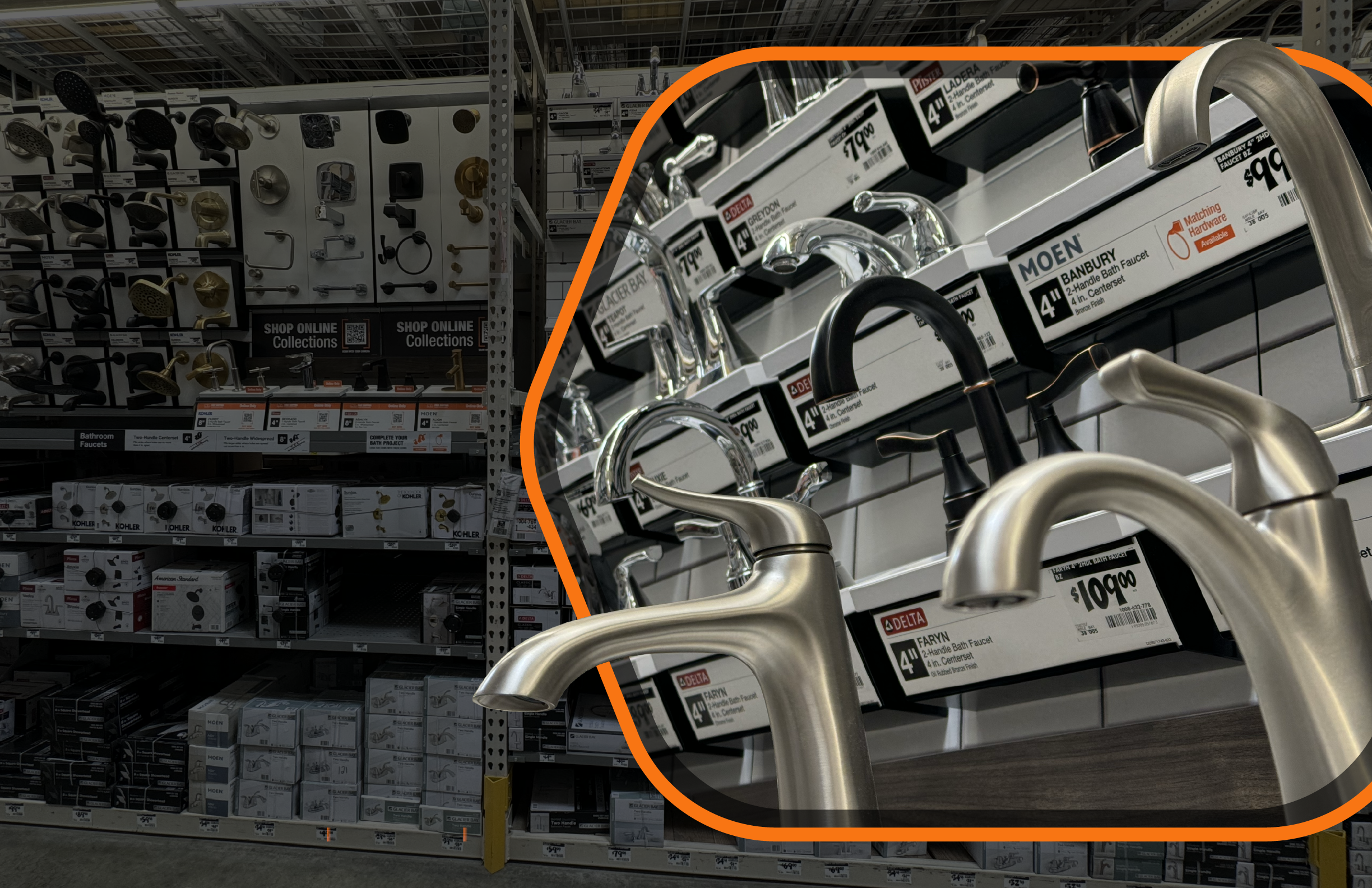
For home improvement suppliers looking to secure or grow shelf space with major retailers like The Home Depot or Lowe’s, the Product Line Review (PLR) is a pivotal – and often make-or-break – opportunity. It’s not just a meeting – it’s a strategic moment where product, pricing, insight, and innovation must align to move the needle for both brand and retailer.
Whether you’re a first-time participant or a seasoned supplier, understanding how PLRs work, what retailers expect and how to prepare can give your brand a serious competitive edge. Here’s everything you need to know.
What Is a PLR, and Why Does it Matter?
From a retailer’s perspective, PLRs are about more than evaluating product lines. Merchants use them to do four things: 1) reduce costs, 2) discover innovation and new products, 3) explore improved merchandising opportunities, and 4) differentiate from competitors while benchmarking against others in the market. It’s their playbook for building category leadership.
PLRs typically occur on a rolling calendar by category. Some happen annually, while others may occur every two to three years. In lieu of a full PLR, retailers often conduct Business Reviews, typically only involving current suppliers. Larger vendors may go through PLRs frequently across multiple categories throughout the year.
When and How Suppliers Are Notified
Most vendors are notified 4–6 weeks in advance. Retailers like The Home Depot and Lowe’s plan annual calendars, and savvy suppliers track those timelines to anticipate upcoming reviews. New vendors should proactively request inclusion to ensure participation.
How to Prepare for a PLR
Start Early: Even if your category isn’t up for review every year, you should always act as if it is. Preparation for a Business Review is good insurance and solid groundwork for an eventual PLR.
4 Weeks Out Is Critical: This is the ideal time to finalize your approach, especially in partnership with your merchant. Nothing in your presentation should be a surprise.
Key Deliverables Include
- Retailer-provided competitive matrix spreadsheet
- Product proposal spreadsheet
- A comprehensive PowerPoint deck with performance, product and marketing strategy
- Real product samples (especially for new items)
- Market intelligence: size, trends and competitive positioning
Standout Preparation Also Includes
- Category and competitor analysis (both product and retailer)
- Internal performance analysis (sales, profit and ad spend)
- A business case showing how your brand drives growth and margin for the retailer
- Promotional strategies, online programs and in-store marketing opportunities
What Retailers Expect During the PLR
Presentations follow a general format:
- Company overview (Keep it brief.)
- Performance review (past 12 months)
- Category insights and competitive analysis
- Product and merchandising recommendations
- Online strategy and marketing support
- Financial recap
- Summary and call to action
Financial readiness is essential. Between buybacks, rebates, logistics and co-op, it can cost a supplier up to 20% of wholesale. And no retailer wants to hear about cost increases, especially during a PLR.
What Makes a Supplier Stand Out?
Retailers see dozens of presentations during a PLR cycle, but a few suppliers consistently rise to the top. What sets them apart isn’t just what they sell – it’s how well they understand the business from the merchant’s perspective. Successful suppliers bring merchandising support and turnkey service plans, offer exclusive product or promotional opportunities, demonstrate familiarity with field-level feedback from store associates or regional teams, and present an insight-driven positioning strategy backed by clear demand generation. In short, they make the merchant’s job easier while creating excitement and value for the customer.
Mistakes to Avoid
- Showing up without finalized pricing
- Pitching unready products or concepts still in development
- Lacking financial clarity or margin support
- Overlooking scale, logistics or operational readiness
How to Tell Your Story
Keep your storytelling tight and focused. A one-page situation analysis paired with a one-page gap analysis is often sufficient to establish context and opportunity. Emphasize customer insights, your product’s competitive advantage, and how your offering contributes to the category’s growth and profitability. Most importantly, lead with what’s in it for the merchant – clarity and relevance will go much further than an extended backstory.
What Happens After the PLR?
The decision window usually runs 30–60 days. Follow-up should be minimal unless requested. A thank you email and shared deck are appropriate. Programs typically go into effect six months post-decision.
Trends and Watchouts
- More structure: specific templates, formats and timelines
- Expanded decision-makers: More reviews include regional and field leaders.
- Private label expansion: New suppliers often need to focus on online, promo or exclusive angles.
- Retailers expect you to be negotiation-ready: Have your decision-makers in the room and rehearse scenarios in advance.
Final Word from Porchlight
PLRs are high-stakes, high-opportunity moments. Whether you’re defending your shelf space or making your first pitch, a polished, insight-driven presentation can be the difference between a test market and a national rollout.
Porchlight helps suppliers craft the story, build the deck and sharpen the visuals to win the room – and the shelf.
Ready for your next PLR? Let’s talk.